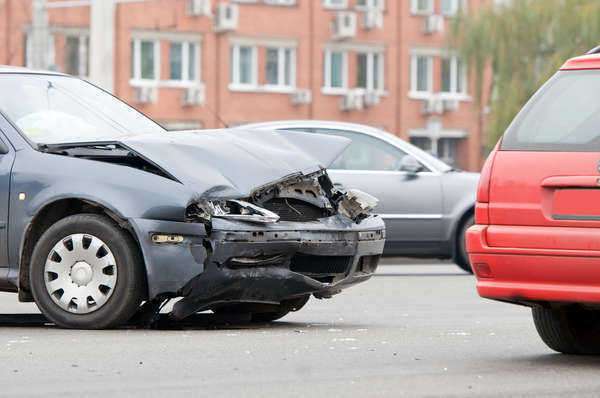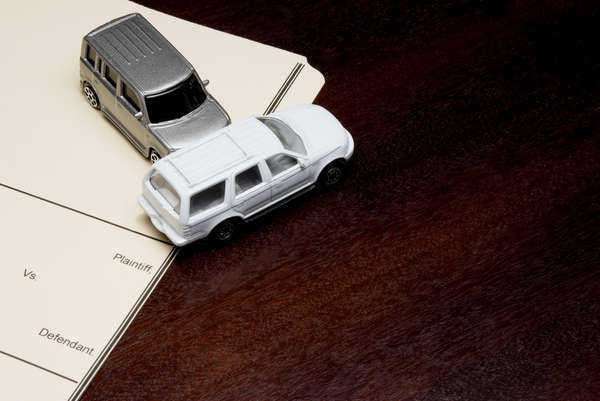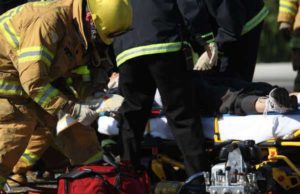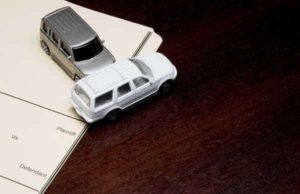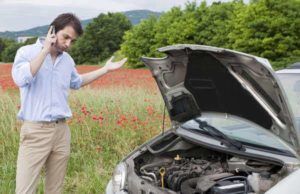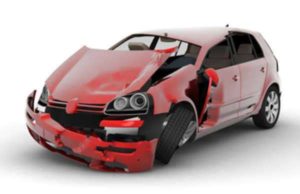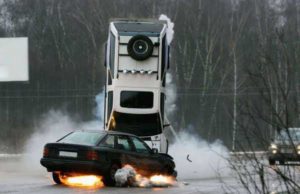Vehicle Accident
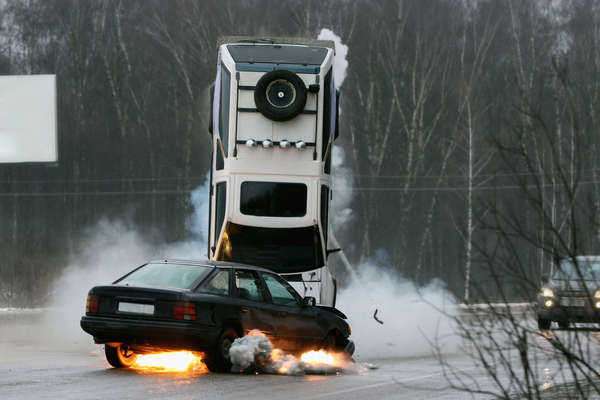
What is a Vehicle Accident?
A Vehicle Accident can be defined as a type of classification of a specified accident or mishap taking place through the usage or operation of a motor vehicle; due to the wide range of options including vehicular transport – as well as the growing intricacies, revamped legislation, and development of national traffic patterns – the respective nature and inherent details within the classification of a Vehicle Accident is expansive. The following terminology is common with in a Vehicle Accident report:
DWI and DUI Vehicle Accident
Driving while intoxicated (DWI) and driving while under the influence (DUI) are amongst the most common causes of vehicular injuries with regard to a Vehicle Accident. When an individual ingests illegal drugs, alcohol, or controlled-substances, their respective ability to safely operate a motor vehicle is impaired. This impairment may can result is slowed reaction time, drowsiness, and lack of alertness – these are amongst the most common contributory factors inherent with in a Vehicle Accident
Although the legal limit permitted to operate a motor vehicle varies from state to state, the most common blood alcohol content (BAC) allowed is .08%; should an individual’s blood alcohol content exceed the legal limit, their intoxicate state can contribute the severity of penalties and fines incorporated with the Vehicle accident
A DUI and DWI Vehicle accident resulting in death can be tried as acts of vehicular manslaughter
A DUI and DWI Vehicle accident resulting in a reckless driving violations can be tried as acts of reckless endangerment
Impaired driving that does not result in a car accident can result in the loss of license, heavy fines, and possible jail time; injuries resulting from the unlawful and impaired operation of a motor vehicle may retain supplemental punitive recourse
DUI and DWI Vehicle accident may result in increased insurance premiums, adjusted insurance surcharges, or the termination of insurance coverage subsequent to a DWI or DUI Vehicle accident
Negligent Collision Vehicle Accident
Impacts that take place between a vehicle and a pedestrian or other vehicle are common amongst Vehicle Accidents; they can result from a multitude of causes, ranging from negligence to aggravated assault:
A Hit-and-Run Vehicle Accident typically involves the fleeing of the responsible party from the scene prior to official investigation and reporting
Distracted driving is the cause of a growing number of traffic accidents, which are primarily caused by cell-phone use while operating a motor vehicle; this not only causes the driver to avert one’s gaze from the road, but also drastically increases the risk of traffic accidents.
Reckless Driving Vehicle Accident
A Vehicle Accident can involve all types of motor vehicles, ranging from small, compact cars to large, commercial trucks.Vehicle Accidents resulting from unsafe or unlawful operation of a motor vehicle – including speeding, careless operation, use of a cell phone, and drowsy driving – are classified as reckless driving offenses. Regardless of the given criminal or harmful intent – or lack thereof – fines, penalties, and claims resulting from reckless driving offenses can vary depending on the severity of the resulting Vehicle Accident.

